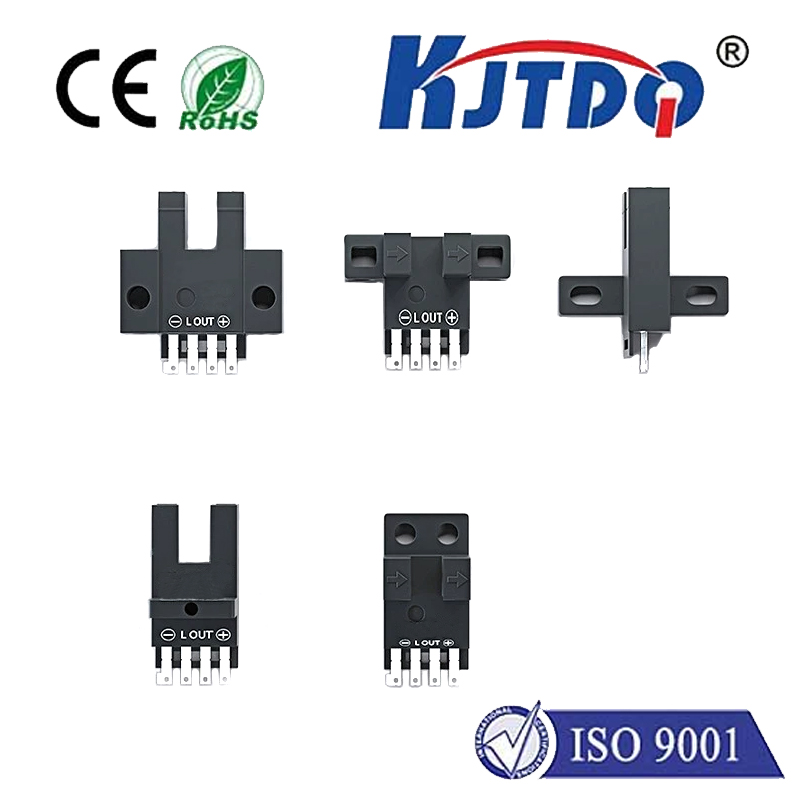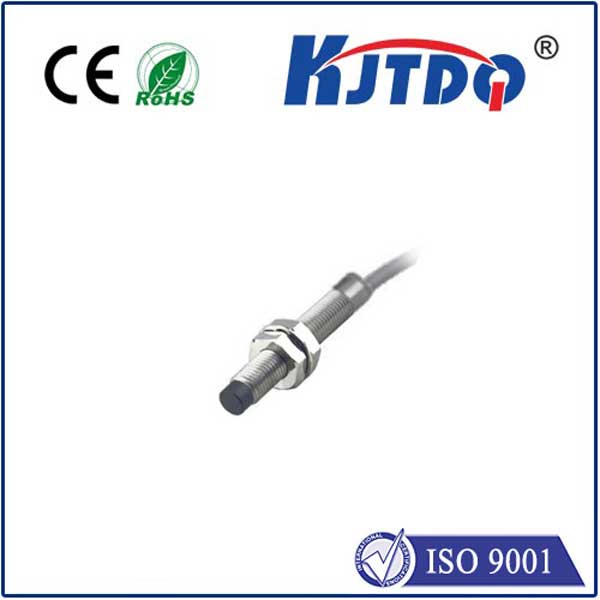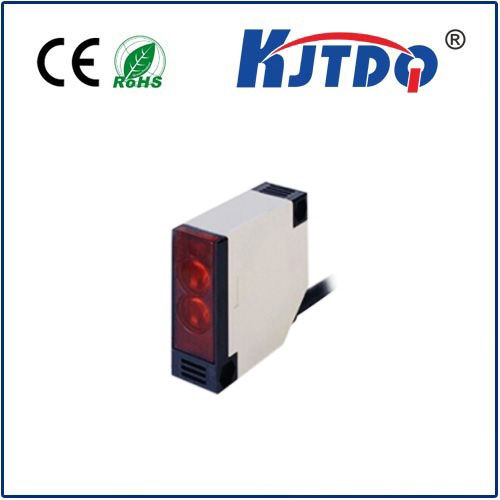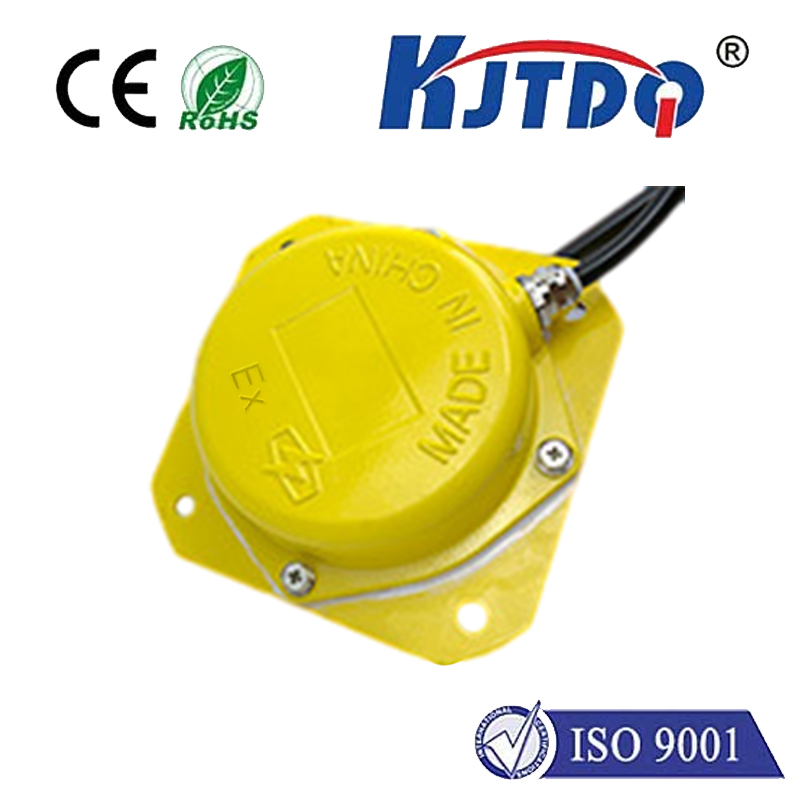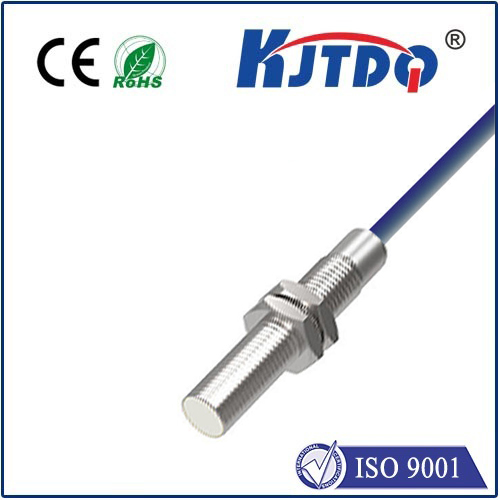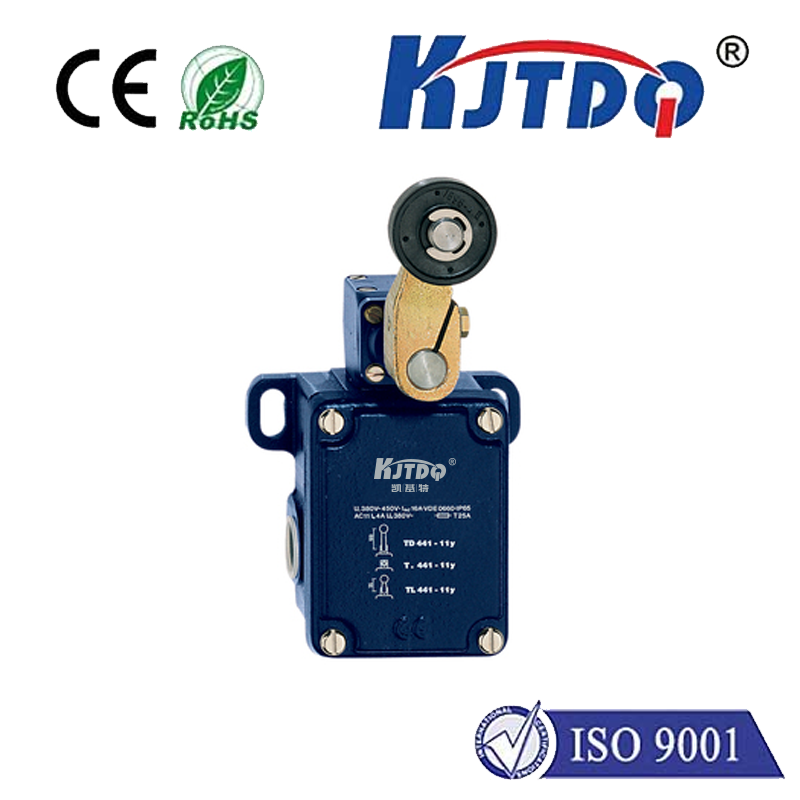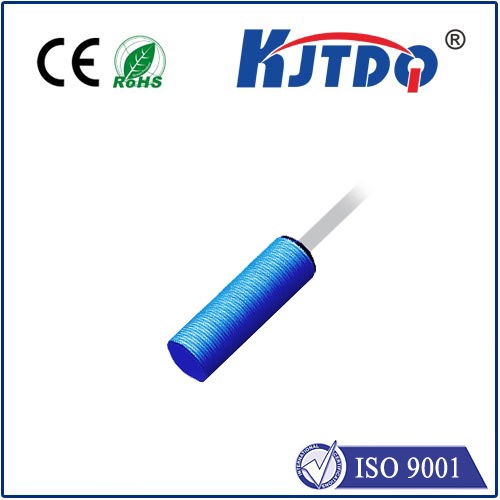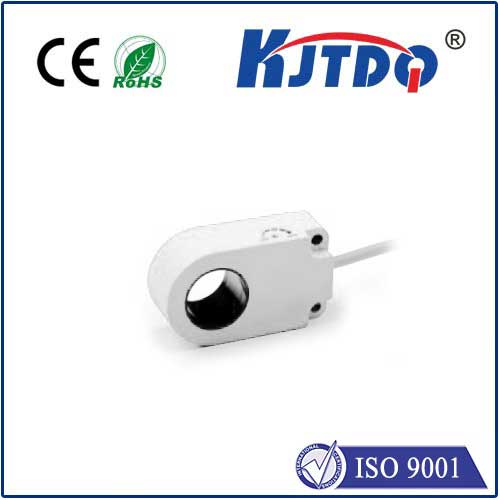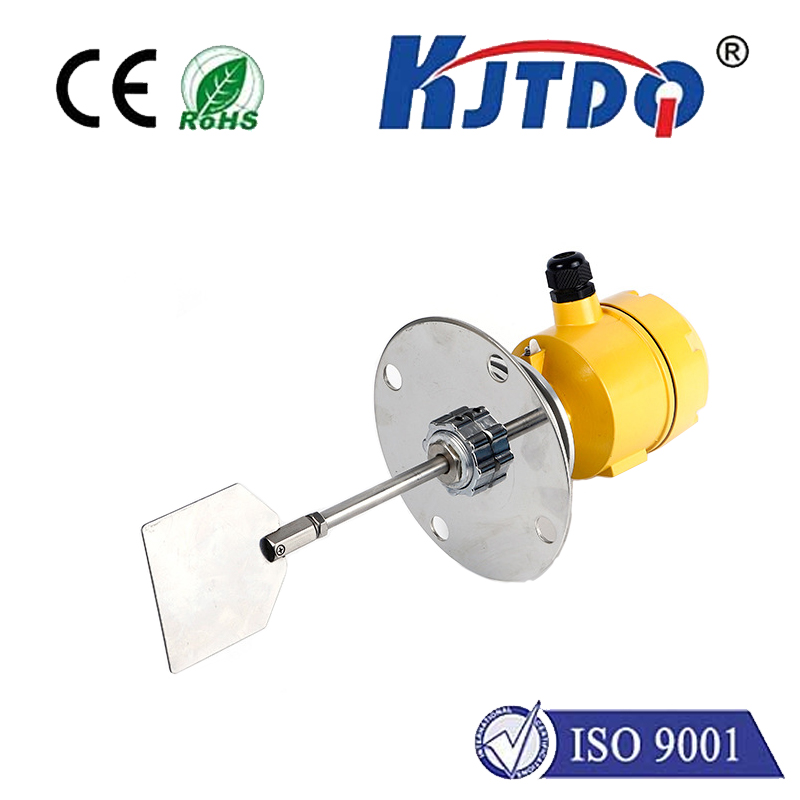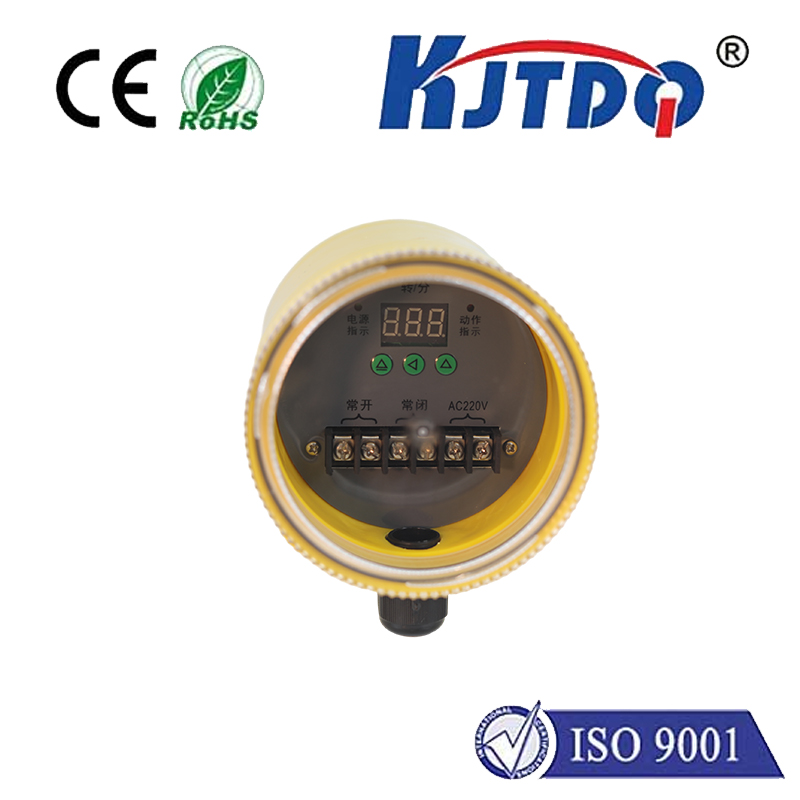
Проверка

Проверка

Проверка

Проверка

Проверка

Проверка
Imagine your automatic driveway gate smoothly gliding shut just as your child’s bicycle tire rolls into its path. Or picture an industrial warehouse gate attempting to close with a forklift partially blocking the exit. Scenarios like these highlight the critical need for failsafe mechanisms in automated gate systems. Beyond the impressive motors and sleek designs, a small yet vital component works tirelessly to prevent accidents and damage: the autogate limit switch.
Often overlooked but absolutely indispensable, the limit switch is the unsung hero ensuring your automated gate operates safely, reliably, and stops precisely where it should, every single time. Understanding its role is key to appreciating the safety built into these systems.
What Exactly is an Autogate Limit Switch?
At its core, an autogate limit switch is an electromechanical device designed to detect the physical position of a gate leaf (the moving part) within its travel path. Think of it as the gate’s position sensor. Its primary function is simple: it tells the gate operator when the gate has reached its fully OPEN or fully CLOSED position.
When the gate travels and physically contacts the limit switch mechanism at either end of its journey, the switch activates. This sends an immediate electrical signal back to the gate operator’s control board. Upon receiving the “OPEN Limit” signal, the operator stops the motor immediately, preventing the gate from straining against its end stops or over-traveling. Similarly, the “CLOSED Limit” signal halts the closing motion precisely when the gate is securely shut. This fundamental function prevents mechanical stress on the motor, gearbox, and gate structure itself.
More Than Just Stopping: Critical Safety Roles

While stopping at the ends is essential, the role of autogate limit switches extends further into critical safety:
Where are These Switches Located?
The placement of autogate limit switches varies depending on the gate operator type and design:
Common Failure Modes and the Importance of Maintenance
Like any mechanical component, limit switches can fail or become misadjusted, leading to gate malfunctions:
Symptoms of a failing limit switch often include:
Regular maintenance and professional adjustment of autogate limit switches are paramount for safety and longevity. Technicians ensure the switch activates precisely at the correct point, contacts are clean, and mechanisms move freely. Never ignore symptoms suggesting limit switch issues.
Integration with the Safety Ecosystem
It’s crucial to understand that while vital, limit switches are just one component of a comprehensive automated gate safety system. They primarily define the endpoints of travel. Other essential safety devices work during the travel phase:
The limit switch interacts with these systems, often enabling the photocells only during the close cycle and defining the endpoints where obstruction detection timing begins.
Choosing and Maintaining for Optimal Performance
While the specific switch is usually integrated by the gate operator manufacturer, understanding their importance influences choices:
This small component silently performs its vital duty thousands of times, protecting your property, your vehicles, and, most importantly, people. Ensuring they are properly adjusted and maintained is a fundamental aspect of responsible automatic gate ownership. Never underestimate the power and importance of this critical safety sentinel watching over your gate’s every move.
